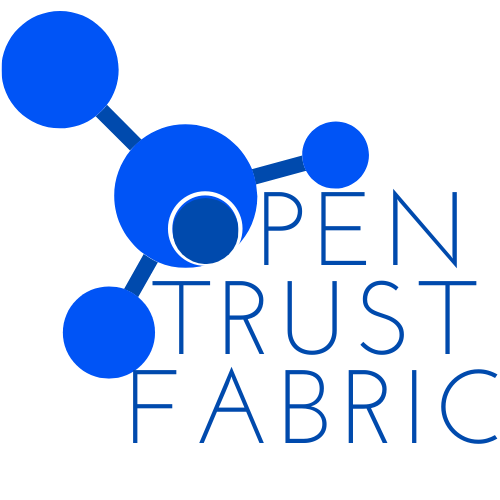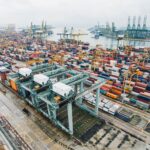There is much discussion about supply chains and supply ecosystems but what’s the difference?
In a recent World Commerce & Contracting research project we addressed this and an excerpt and explanation can be found in this article.
One of the fundamental differences between supply chains, networks, and ecosystems is the amount and nature of data and information flows and sharing. As you move from chains to networks and on to ecosystems the level and complexity of the data flows and sharing increases requiring a conscious design of a coherent and structured data architecture.
Without this it is unlikely that the parties will unlock the benefits, will only suffer the costs and trust will be adversely impacted. We will create a negative spiral.
As a part of the conscious design process, which is best done in a collaborative and inclusive way, we need to articulate and capture our data architecture. While this is often seen as a part of the technical or delivery solution, for maximum effect it needs to be aligned and interfaced with the contract(s) and contractual terms and conditions to ensure that we both cover key aspects like data privacy and protection, but also increasingly digitise the key processes such as the procure to pay process.
While in a simple supply chain and perhaps simple supply networks this can be achieved with prose, as we move towards more complex supply networks and supply ecosystems there is a need to move beyond prose if we are to unlock the real benefits.
At one end of the continuum, with complexity we need to be able to communicate the complexity in a simplified way either with visualisation or simplified prose, and then at the other end of the continuum we need incfreasingly to leverage data and automation which requires enhanced metadata and codification and smart contracting.
As we have explained in this article this is where Ricardian contracts with their blend of prose, metadata, and code offer a significant opportunity. Arguably, without an enhanced Ricardian approach which adds visualisation to prose, metadata, and code we will struggle to unlock the benefits from supply ecosystems. Benefits such as the ability to better deal with uncertainty whether in terms of the deliverable or the method of delivery, greater flexibility, and the ability to dynamically ensure that value ascribes fairly with in the ecosystem.
An enhanced Ricardian approach is of course only one piece in the jigsaw which includes relationships, technology, processes, and skills but none the less it is a critical enabler for future success and therefore warrants investment in.





